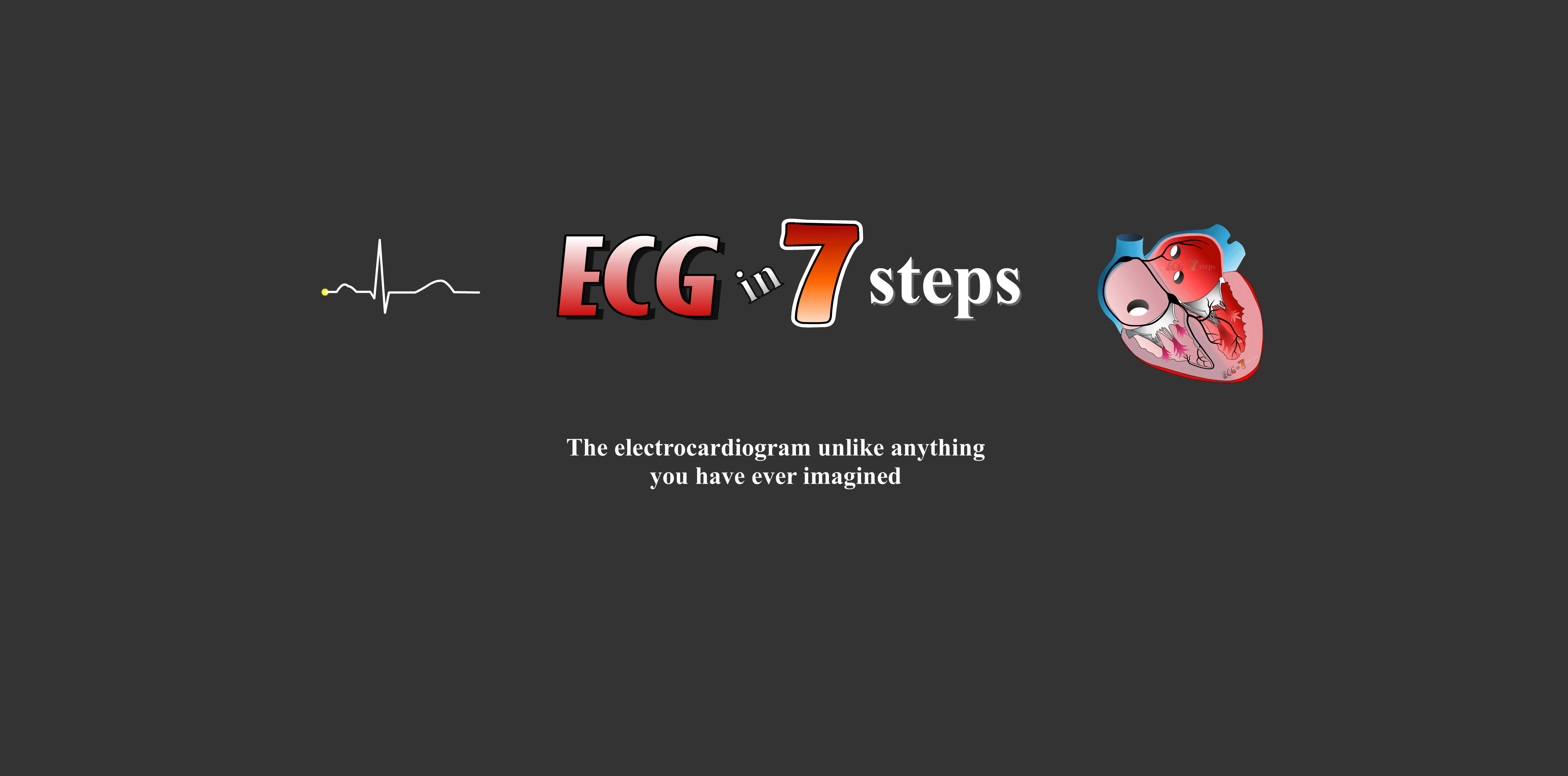You will fully understand the Electrocardiogram.
Thousands of people have already trained using the ECG in 7 steps course. With 11 years of experience, the online version arrives bringing hundreds of animations and interactive images and, of course, its award-winning * methodology that makes learning ECG quick, effective, straightforward, and enjoyable.
Examples of animations and images used in the course:
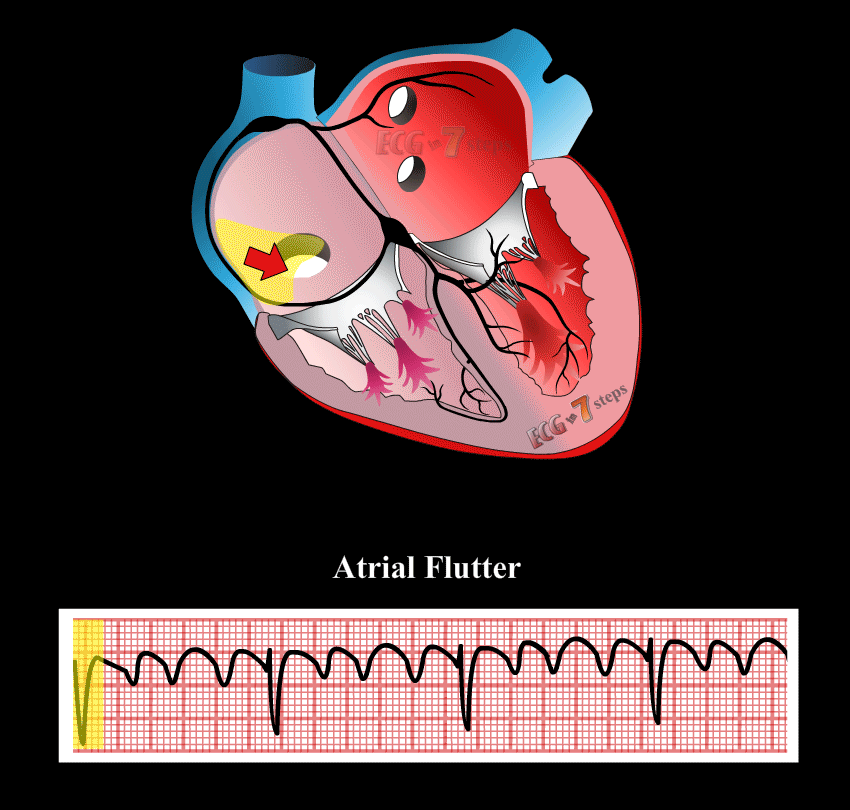
Example of the fifth step: Arrhythmias
All electrocardiographic tracings are explained alongside animations so that it is much easier to ingrain an understanding of arrhythmias.
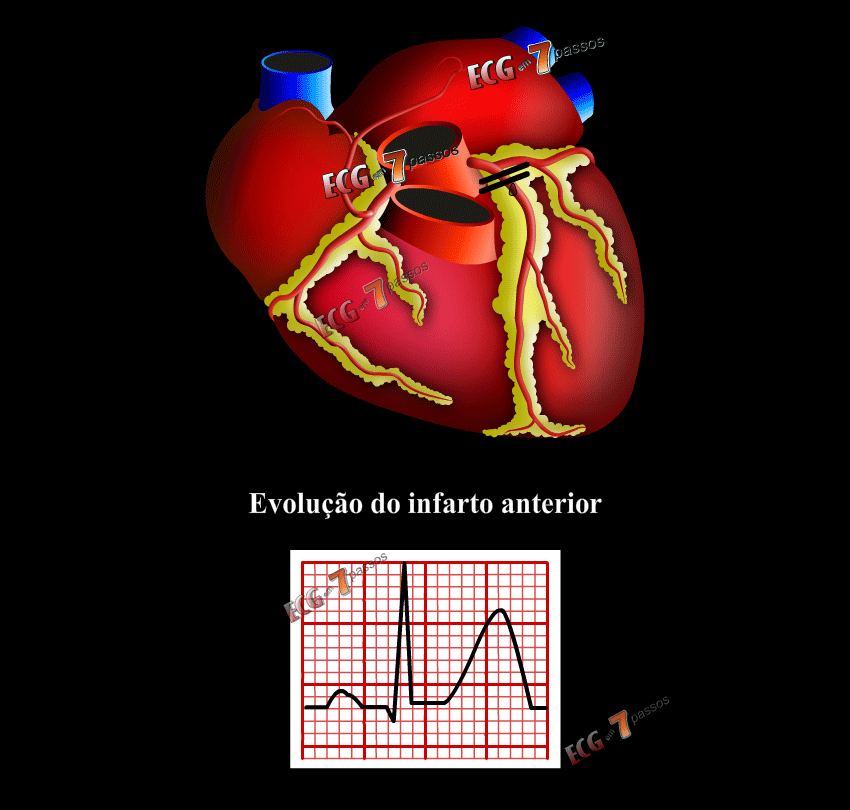
Example of the seventh step: Infarction and Ischemia
You will not only know how to identify a heart attack but also what region is affected and what stage the patient find themselves.
With more than 60 in-person classes
A course which evolved after each class
Launched in 2009!
Thousands of students trained
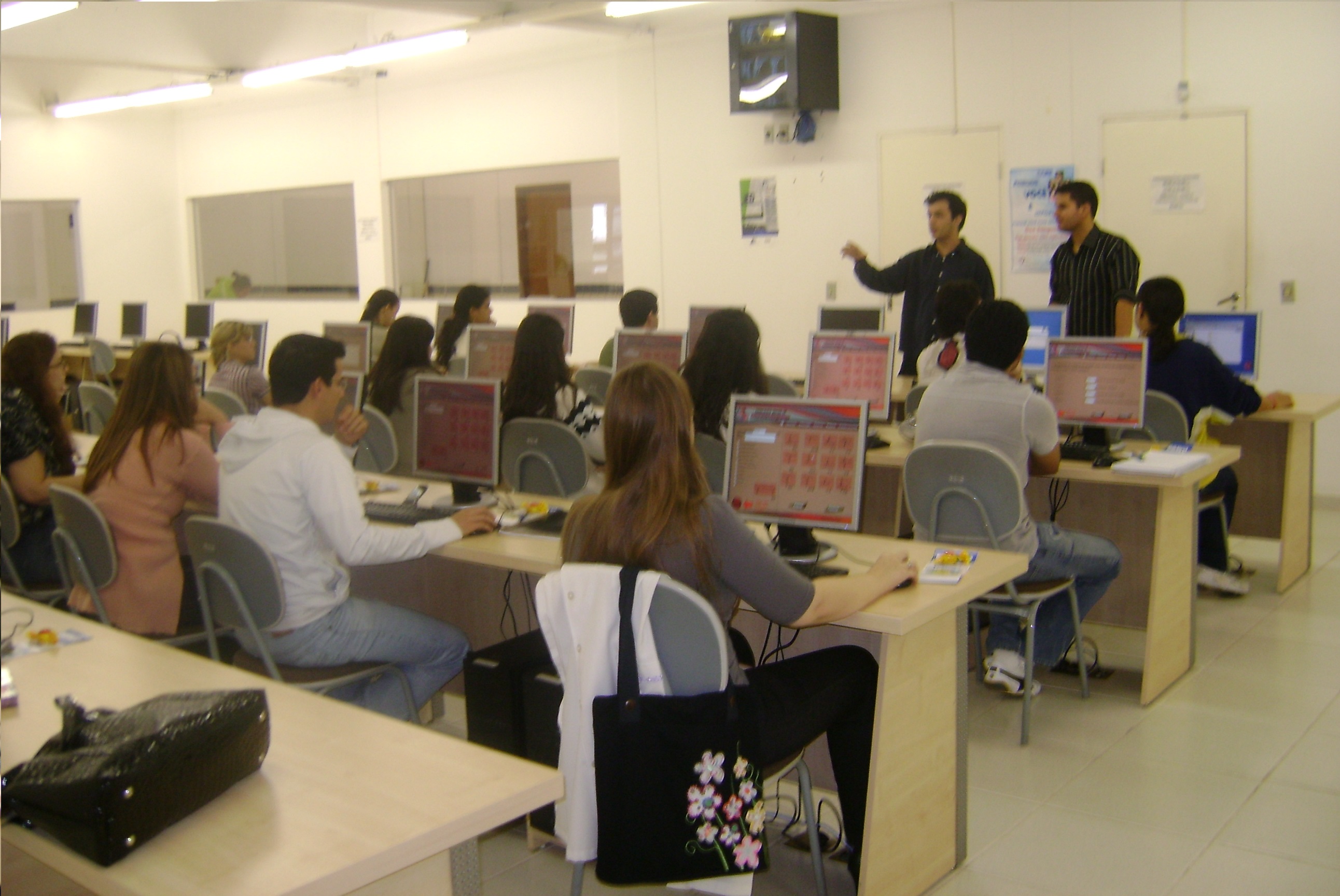
Developed to be interactive!
You can access the course on your computer, notebook, tablet or smartphone.
The professors:
Dr. Bruno Toscani
Enthusiastic about teaching methodologies with emphasis on Electrocardiography, Dr. Bruno Toscani is an electrophysiologist cardiologist with degrees from two of the most renowned institutions of Cardiology and Arrhythmias in Brazil, the Dante Pazzanese Institute of Cardiology and the Federal University of São Paulo(Unifesp) respectively, as well Fellowship in Arrhythmias and Pacemakers at McGill University in Canada. He began developing the first animations and images of the ECG in course while still studying medicine at the School of Health Sciences.
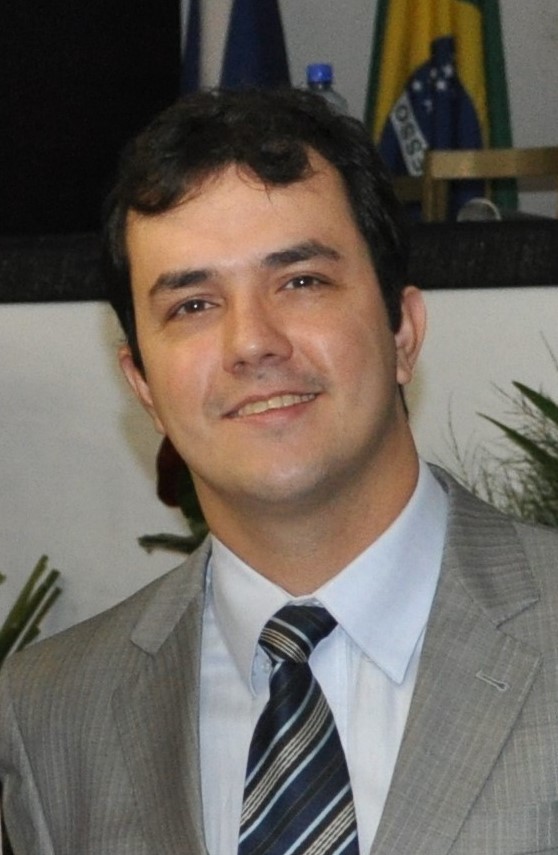
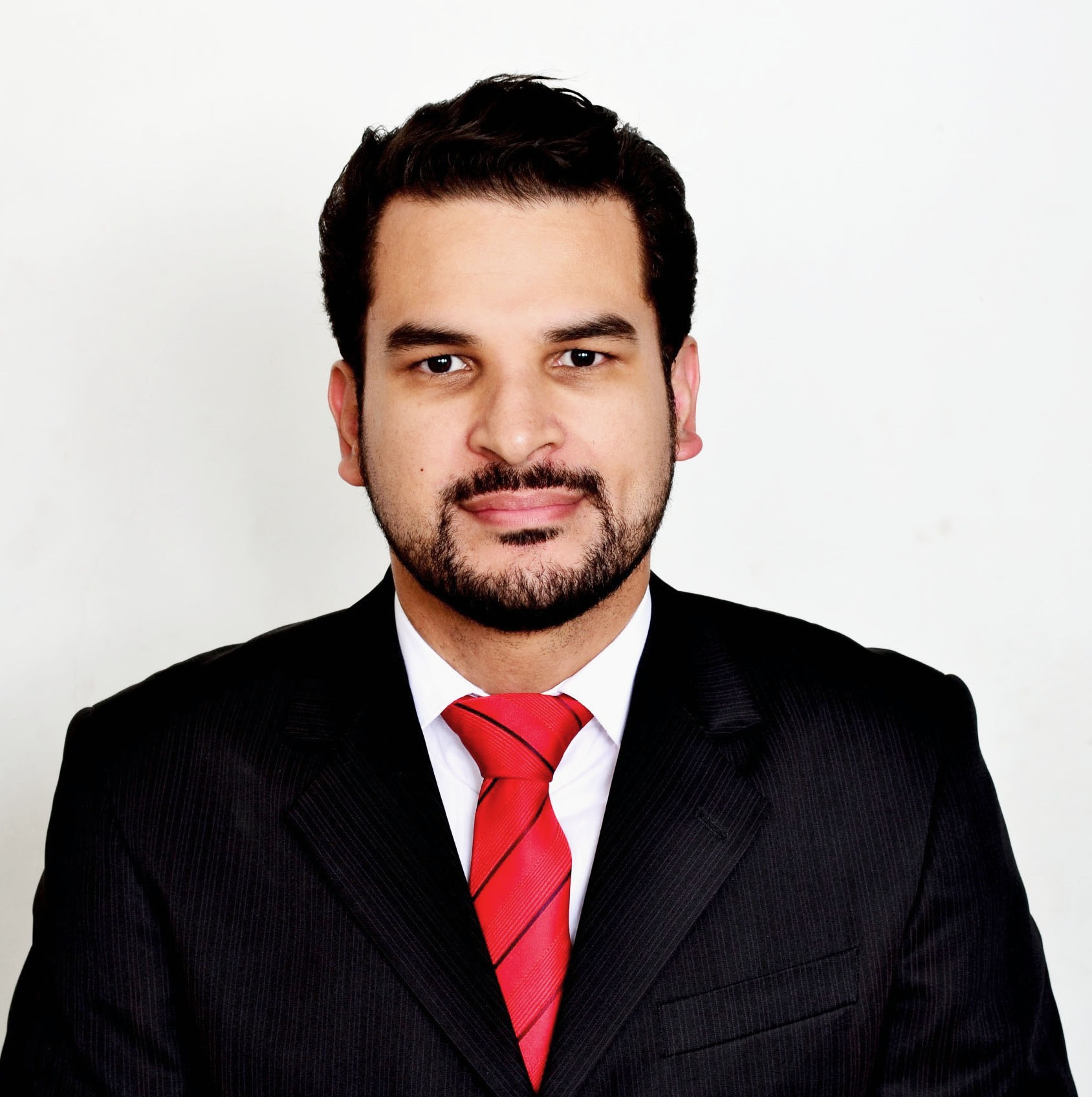
Dr. Thiago Librelon
After a robust training in Cardiology at Beneficência Portuguesa Hospital in São Paulo, he specialized in Clinical Arrhythmias and Invasive Electrophysiology at Paulista School of Medicine (Unifesp). Graduated from the School of Health Sciences (ESCS-DF).
He combined his knowledge in software and web programming languages, with his skills in vector graphic design to create quality images and animations, seeking fluency and effectiveness in teaching electrocardiography.
"Some animations synthesize the content of several textbook pages".
Reasons for taking the 7-step ECG course
1- Systematic method: you will learn to interpret the ECG in a sequential and logical way using the "7 steps"method
2 - Unpublished images and animations: all tracings are explained through images and animations created directly by the authors, Dr. Bruno Toscani and Dr. Thiago Librelon
3 - Interactive Course: Get immediate feedback and observe your progress
4 - Direct and objective language. No wordy texts wishing to obscure the secrets of the ECG
5 - No decorating patterns and strokes: You will clearly understand what happens in the myocardium and how that affects the electrocardiogram.
10+ years of experience More than 60 in-person classes! After each class, the course was perfected, which included student feedback.
7 - Clear this obstacle once and for all. You will now learn to interpret the ECG, this will help with your college exams, admission to residency exams and during your residency.
But fundamentally: you will provide a differentiated treatment to your patient. Improve your emergency or outpatient services. You will save lives!
8 - Renowned teachers: With experience in teaching electrocardiography at all levels (courses aimed for academics, health professionals, doctors, cardiology residents and also of arrhythmia / electrophysiology). With a vast teaching experience!
Get to know us in the section "YOUR TEACHERS".
9 - Make you your schedules. Study anytime, day and night. Compatible with computer, laptop, tablet or cell phone!
The 7-step ECG course methodology has been tested by multi-center studies, observe:
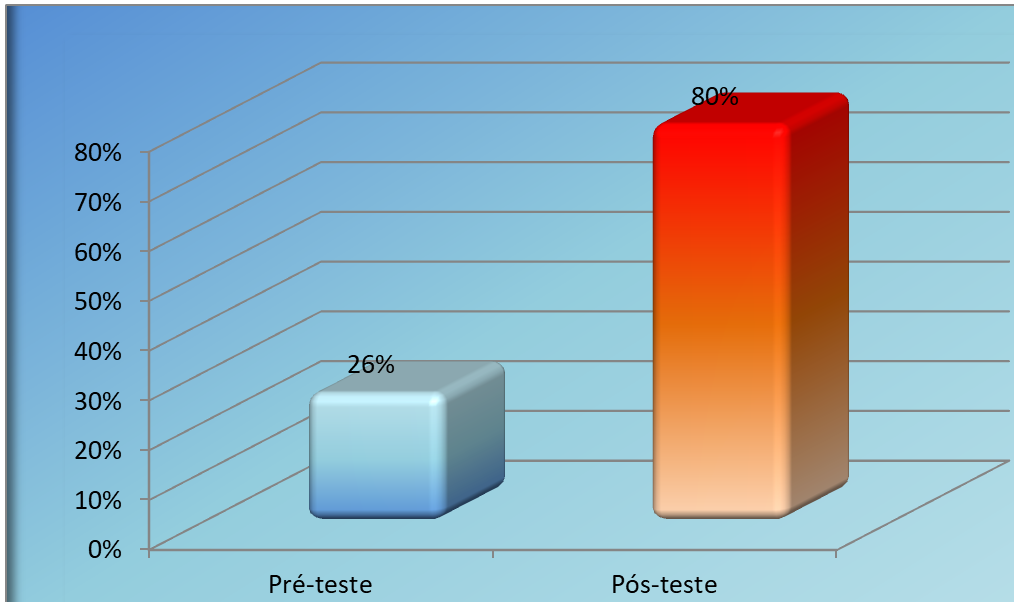
Proven student evolution
Evaluation of the increase in content knowledge of medical and nursing students, as well as trained health professionals, medical nurses, and residents.
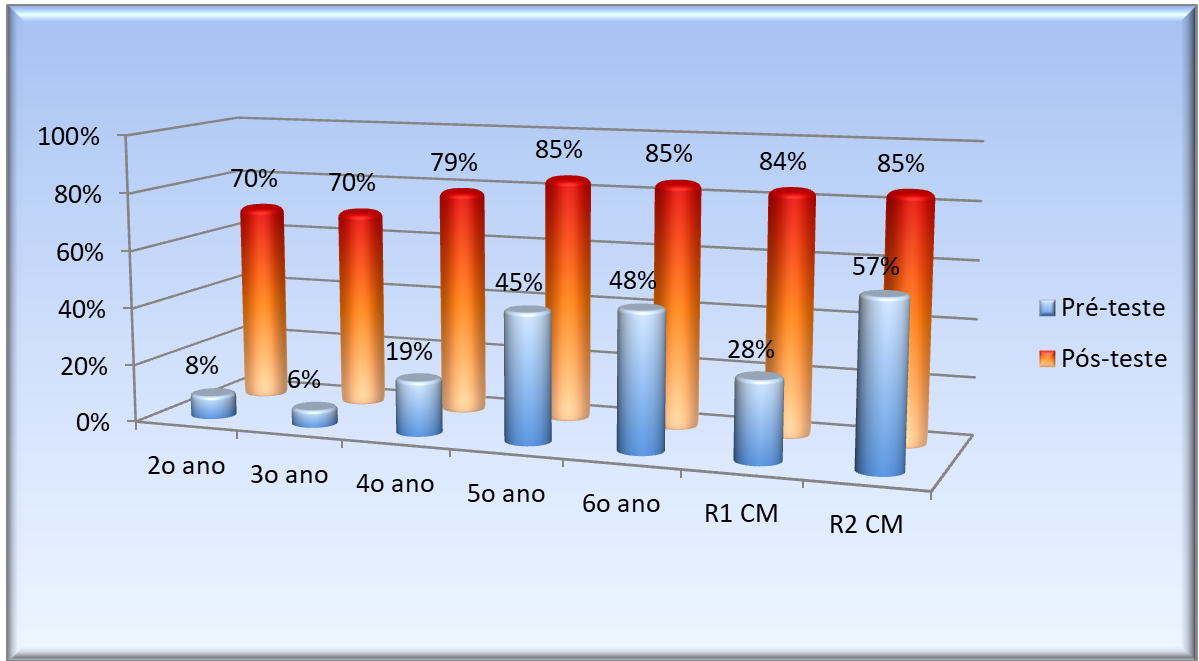
Serial evaluation
Increase in electrocardiography students at different levels of training!
Former students' opinions:
Fernanda de Oliveira - Medical Student - Federal University of Mato Grosso
Explains the subject everyone has difficulty learning in a simple and perfectly understandable manner
It is gradual, that is, it explains each change separately, which makes it easier to grasp.
The exercises help ingrain the information.
By providing an introductory explanation of each cardiological change (anatomical and clinical), we are able to understand the mechanisms which led to them. An important thing to note is that the explanations are not long and making the course more enjoyable.
The animations help us understand everything perfectly.
Ritha Capelato - Surgery Resident - MT
I found a great course to learn electro, fast, didactic, the images are great for improving understanding.
Viviane Quixabeira - Pediatric Resident
Excellent. Instructive and efficient method, with very good learning levels.
Graciela Lazo - 5 year medical student ESCS
The lesson sequence and didactic and mnemonic methods
Kelly Cristina - R1 internal medicine
Very didactic, practical course, easy to learn with images and unexpected comparisons, it's great.
Daniele Santos - R2 internal medicine
The visuals are dynamic and help a lot in understanding, The memorization tips are great, I will never forget them again. It was really helpful, the language used is very accessible and also makes it very easy to understand.
Larissa neves - internal medicine resident
It's great, each student evolves according to their degree of understanding, associations facilitate understanding
Vanda Santos - Nurse
The course facilitates organized reasoning when looking at the ECG. It addresses very extensive content in a simple and clear way that makes it easier to learn.
Frequently Asked Questions (FAQs):
Who is the course for?
Medical students, doctors, nurses, physiotherapists and other health professionals.
Can cardiologists and cardiology residents take the course?
The course methodology in its advanced module has been used to train Cardiology residents in official classes at Dante Pazzanese Cardiology Institute and the Federal University of São Paulo (Unifesp), the advanced course however is not currently available online.
For how long will I have access to the course?
After enrollment, the course will be available for you to take and re-take for a period of 12 months.
Is there a certificate?
Yes, a 20 hour class certificate.
Course curriculum:
- Introduction to the arrhythmias (0:40)
- Supraventricular arrhythmias - Sinus Tachycardia (0:20)
- Sinus Bradycardia
- Sinus arrhythmia
- Junctional rhythm (0:40)
- Atrioventricular nodal reentrant tachycardia (0:20)
- Duplo passo nodal (1:00)
- Wandering atrial pacemaker (0:24)
- Atrial Flutter (0:20)
- Atrial Fibrillation (0:20)
- Extrasystoles
- Escape rhythm
- Ventricular Rhythms (0:20)
- Accelerated Ventricular Rhythm
- Ventricular tachycardia (0:20)
- Ventricular fibrillation (VF) (0:19)
- Extracorporeal pacemaker rhythm
- Torsade de pointes
- Wolff-Parkinson-White (1:00)
- Challenges: Arrhythmias
- Introduction to the heart blocks
- The atrioventricular block
- 1st-degree AV block (0:30)
- 2nd-degree AV block (0:59)
- 3rd-degree or complete AV block (1:21)
- Review of Atrioventricular Blocks (0:39)
- Introduction to branch blocks
- Right bundle branch block (RBBB) (3:22)
- Left bundle branch block (LBBB) (0:20)
- Bloqueio divisional ântero-superior do esquerdo (BDAS) (0:42)
- Chagas disease!
- Blocks: Interactive activities
- Challenges: blocks
- Introduction to ischemic syndromes (0:20)
- Evolution of myocardial infarction (3:00)
- Topographic diagnosis of ischemic coronary syndromes
- Anterior infarction (0:20)
- Lateral infarction (0:19)
- Inferior infarction (0:19)
- Right ventricular infarction
- The former "posterior infarction" (0:20)
- Infarction and ischemia: interactive activities
- Challenges: Infarction and ischemia
* best scientific work 15th Mid-West Cardiology Conference
